QUIZ: How Much Do You Know About The Roaring Twenties?
The Roaring Twenties were an incredible time to be alive in the United States. The country enjoyed a booming economy post-World War I as troops came home and rejoined the workforce. Families were able to purchase cars and consumer goods, and had more leisure time. There were many memorable events and individuals that made history during the 1920s. How many do you know? Take this quiz and find out.
Which class grew substantially during the Roaring Twenties?
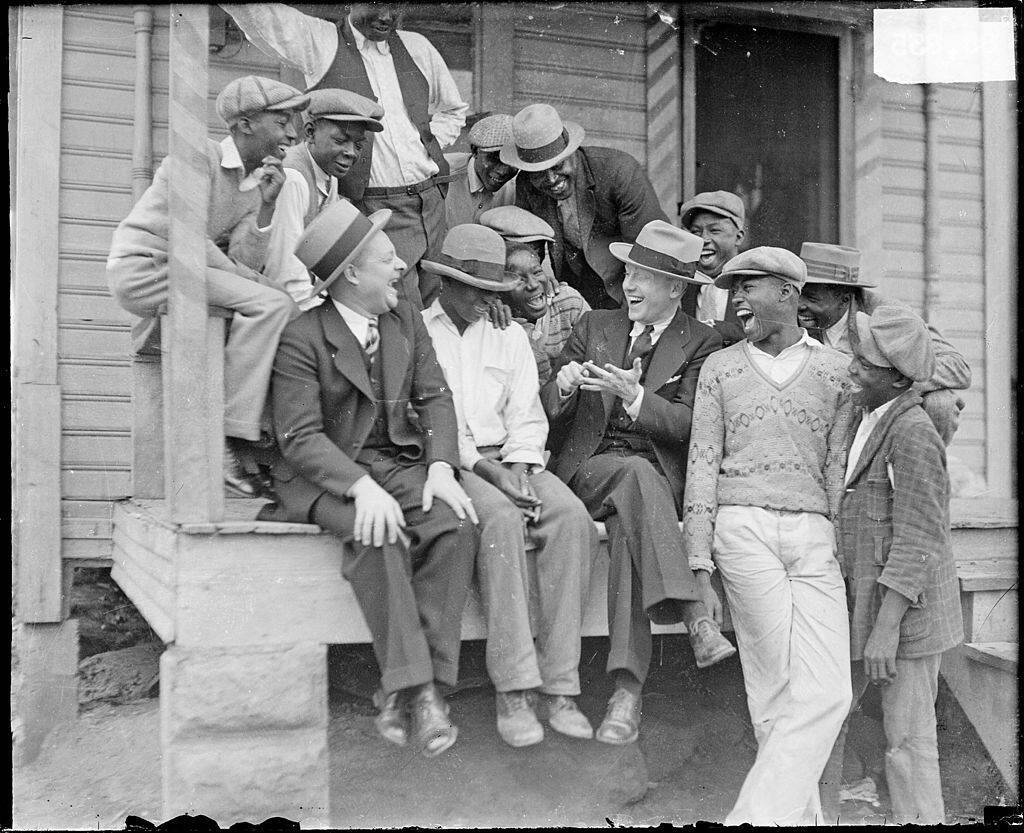
A. Upper class
B. Lower class
C. Middle class
D. None of these
Answer: Middle Class
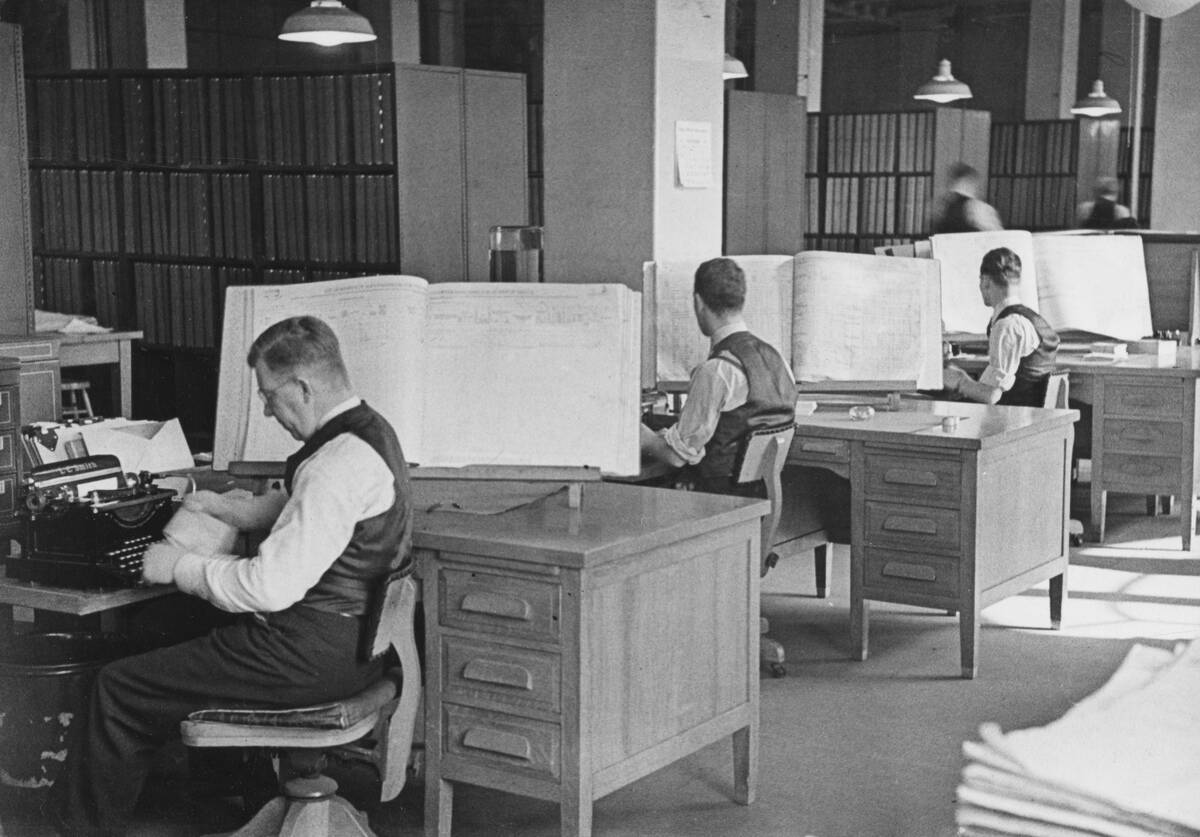
New innovative products and mass production of goods made daily life easier and more affordable for Americans in the 1920s. This led to a huge growth in the middle class.
Which of these were mass constructed during the Roaring Twenties?
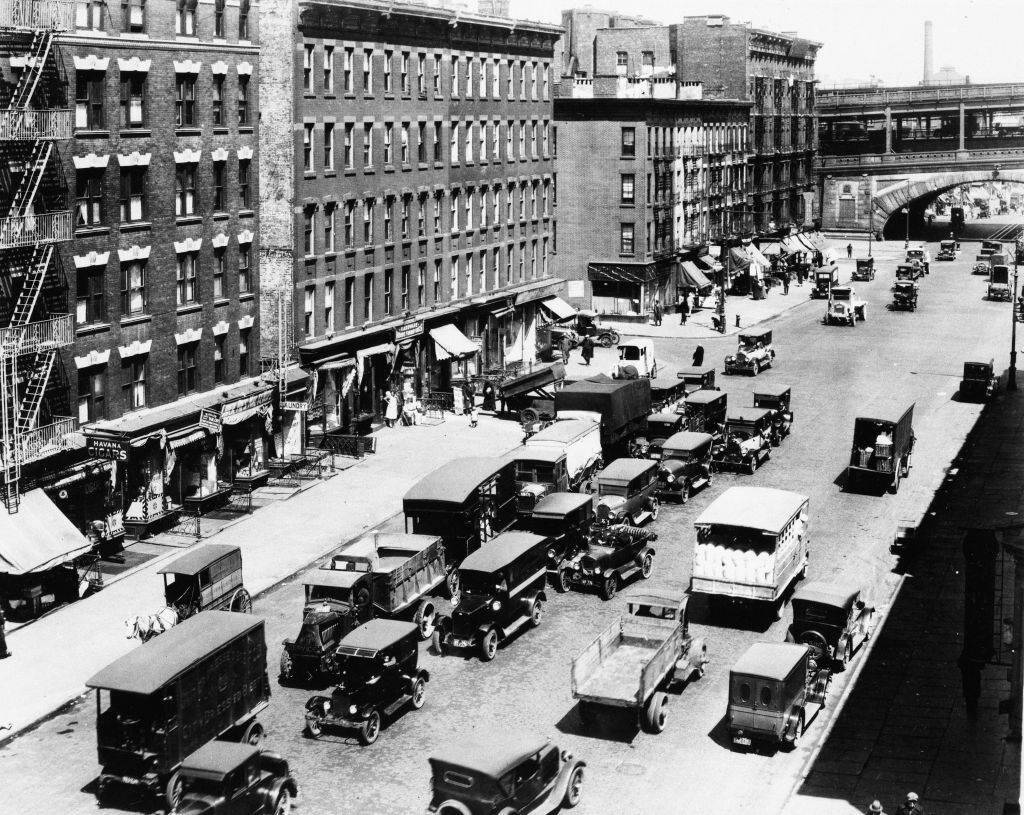
A. Roads
B. Highways
C. Bridges
D. All of these
Answer: All of these
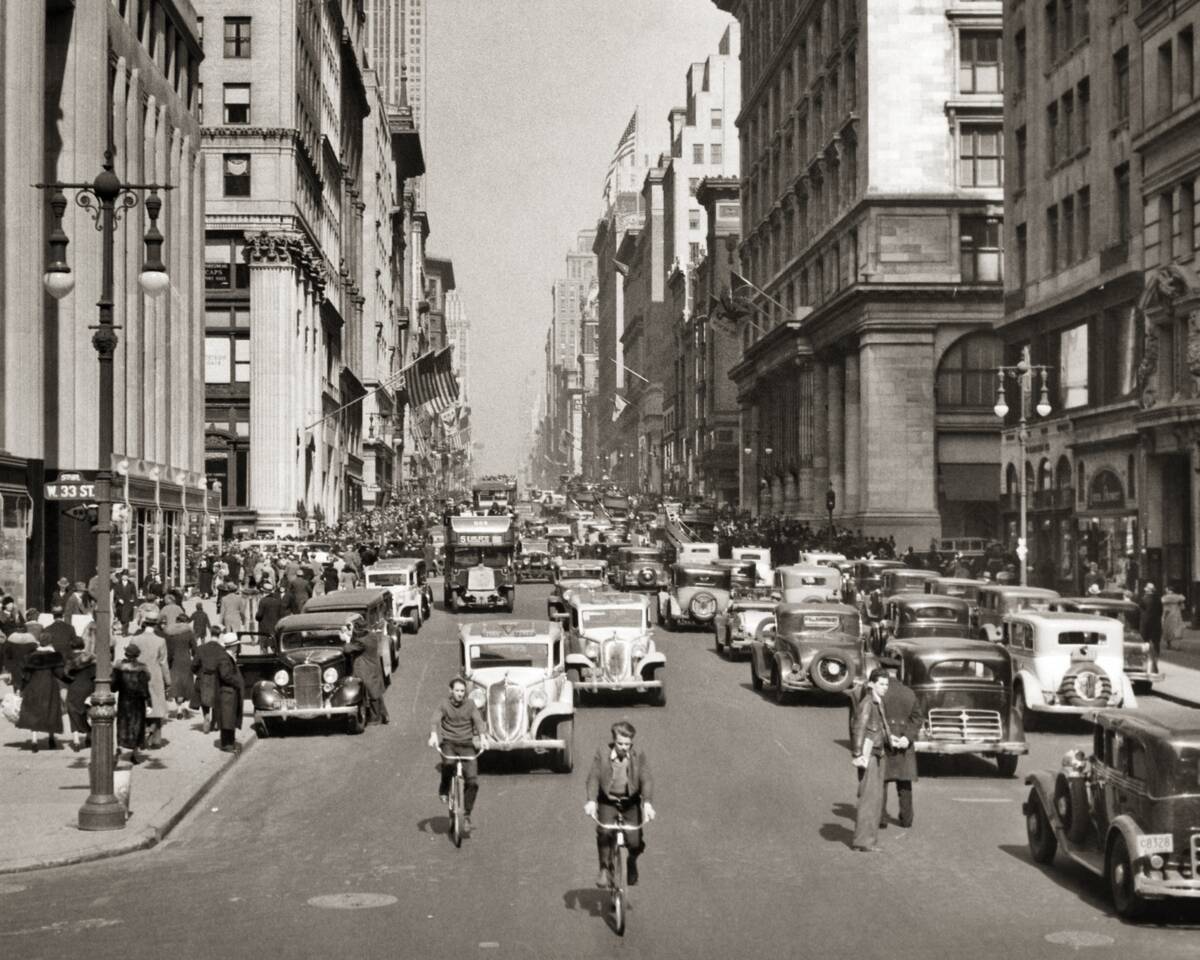
During the 1920s, Americans bought nearly 26 million cars and 3 million trucks. That meant that there was a huge demand for better roads, highways, and bridges, all of which were mass constructed during this time to keep up.
Once films had this feature at the end of the 1920s, fewer people went to vaudeville shows

A. Color
B. Sound
C. Captions
D. Female actors
Answer: Sound
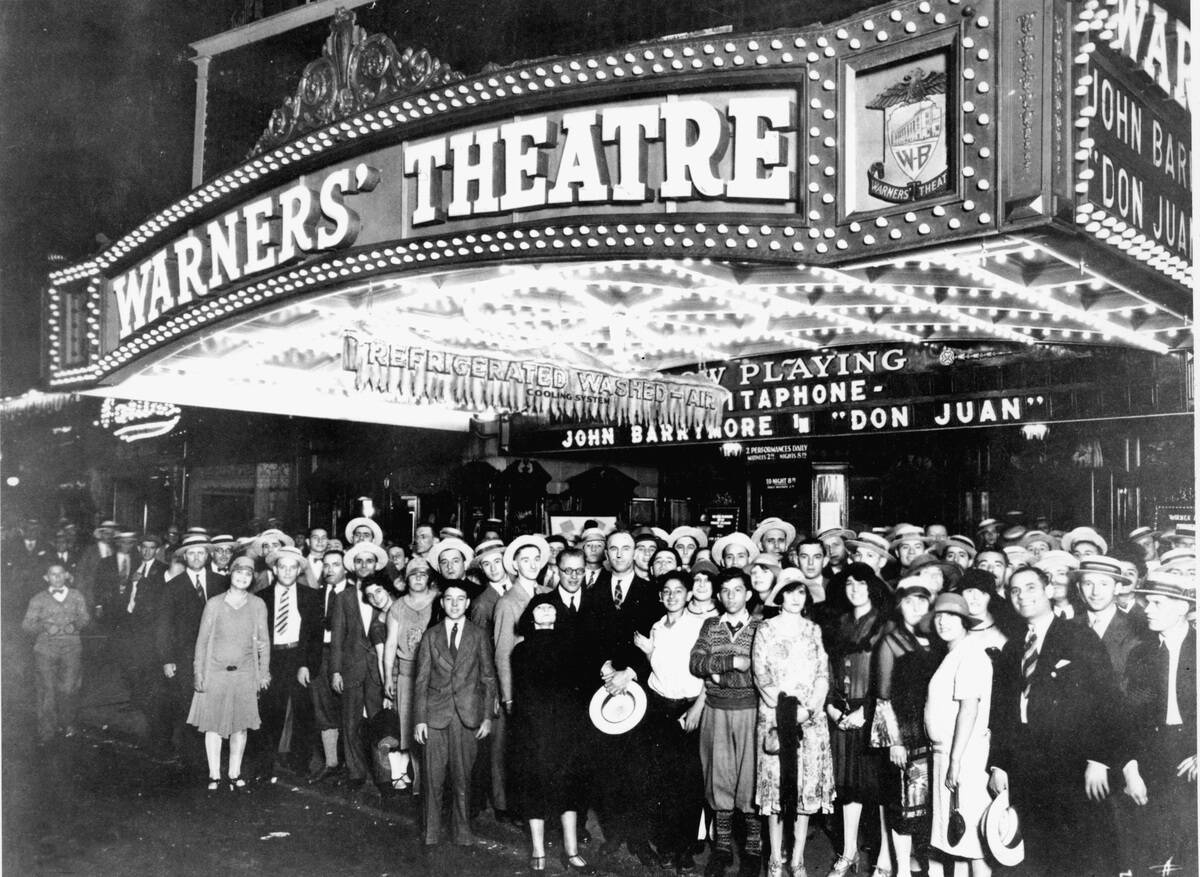
Although movie theaters first appeared in the 1910s, it wasn’t until the end of the 1920s, when films began including sound, that the public began favoring them over vaudeville shows.
What did Prohibition (1920-1933) ban the production, importation, transportation, and sale of?

A. Alcohol
B. Guns
C. Motorcycles
D. Tobacco
Answer: Alcohol

In 1920, influenced by religious and social groups, United States lawmakers put into place a constitutional ban on the production, importation, transportation, and sale of alcohol. The ban lasted from 1920 until 1933.
Who sang and recorded “Downhearted Blues” in 1923?
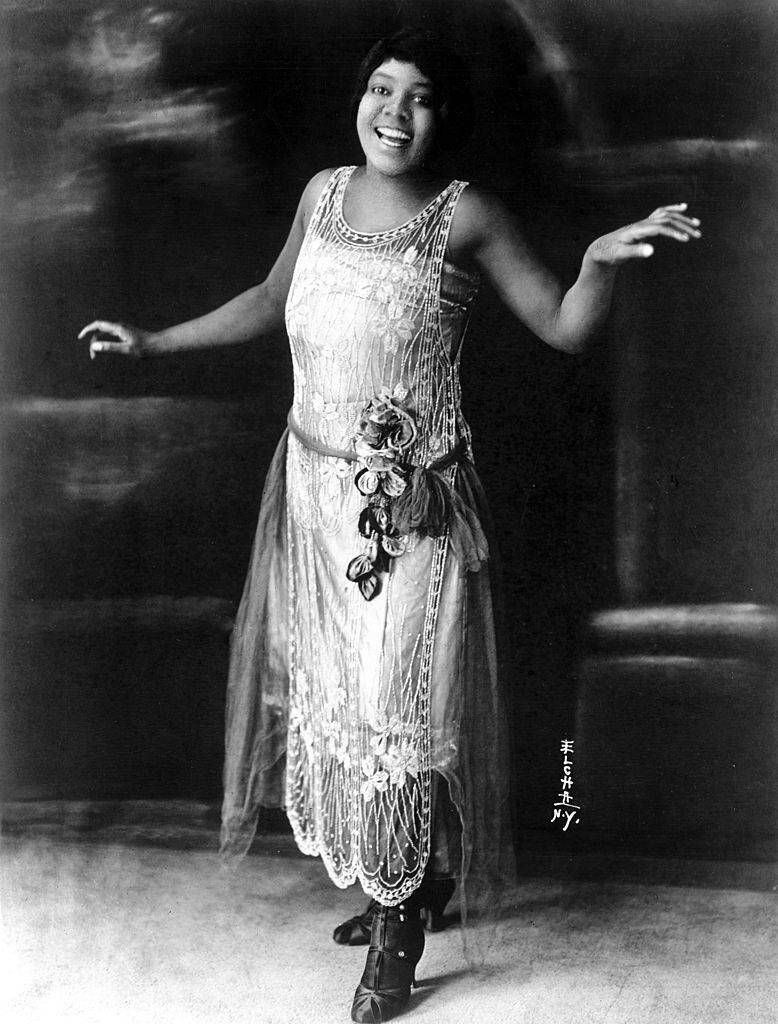
A. Bessie Smith
B. Fanny Brice
C. Louis Armstrong
D. B.B. King
Answer: Bessie Smith
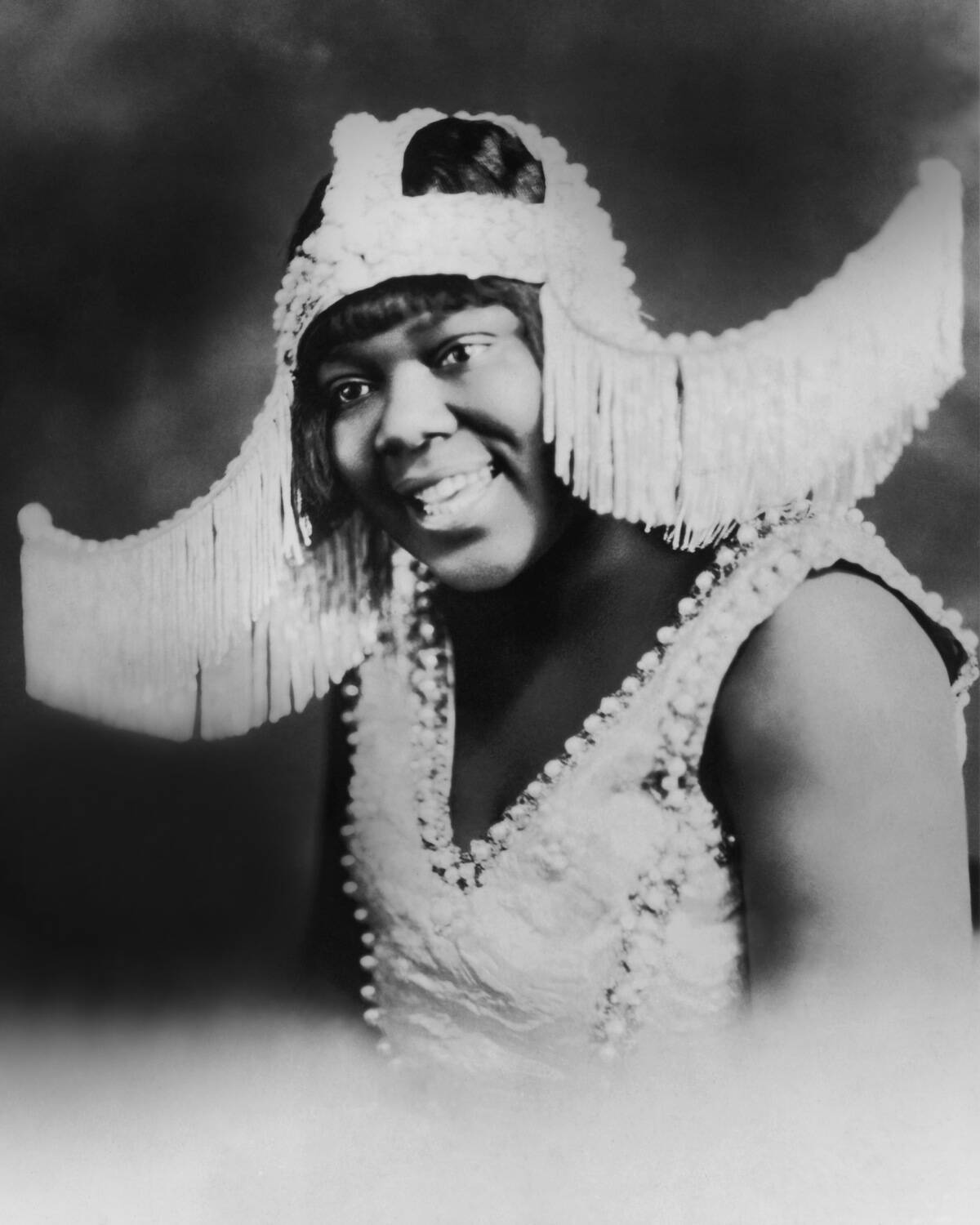
Composed by Alberta Hunter and Lovie Austin, blues singer Bessie Smith released the recorded single, “Downhearted Blues” in 1923. The recording sold 2 million copies and is recognized as a significant song of the era.
During Prohibition, who could the public legally obtain beer and liquor from?
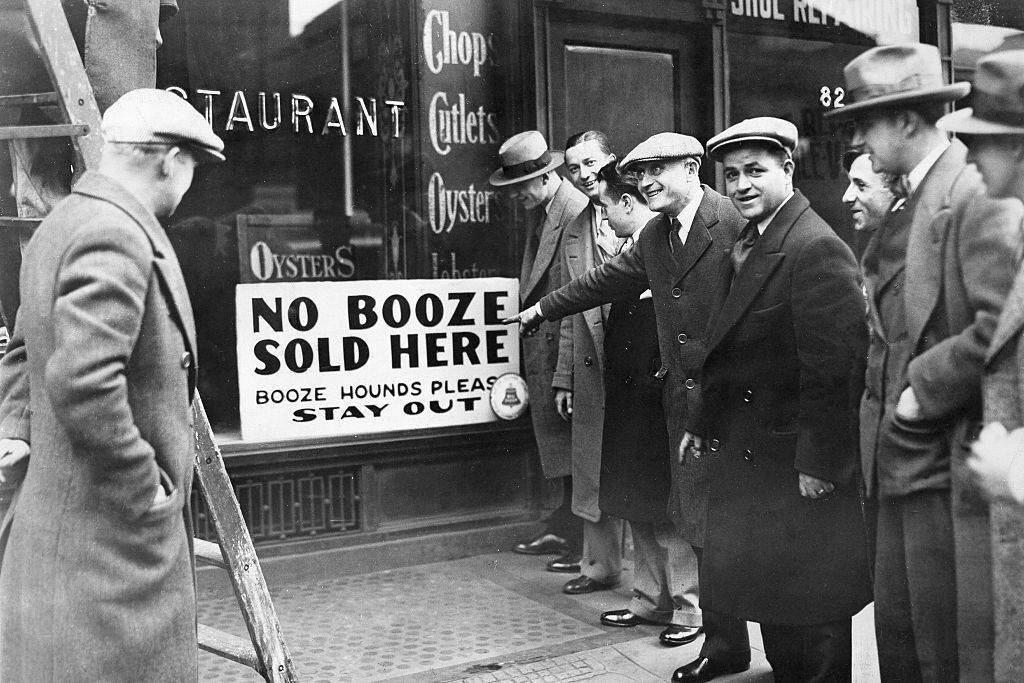
A. Gangs
B. Police
C. Doctors
D. Mechanics
Answer: Doctors
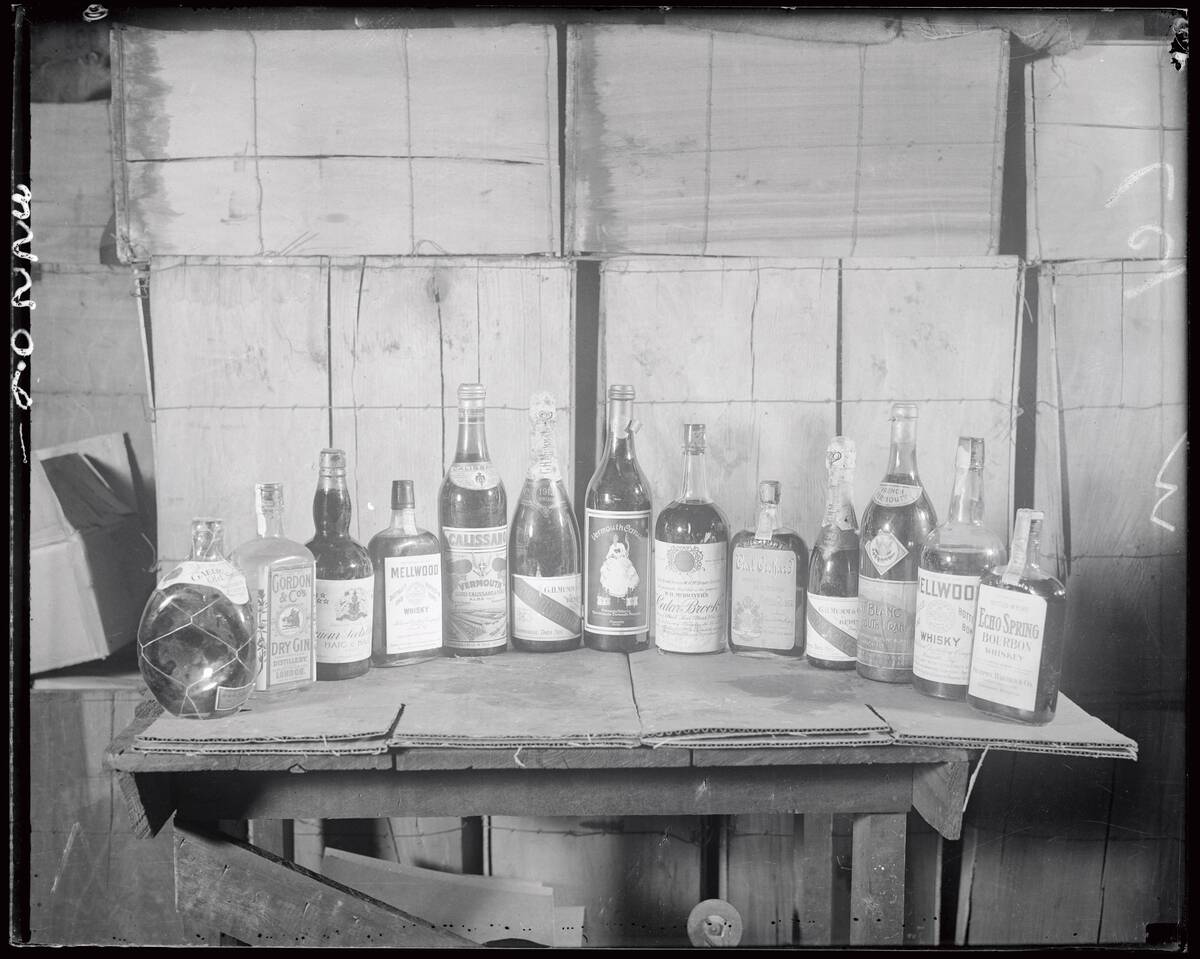
“Patients” could legally buy liquor with a doctor’s prescription! However, during Prohibition in many US cities, gangs controlled the beer and liquor supply. By the end of the 1920s, this caused outrage from citizens, who said that the ban was leading to higher crime rates.
Which country wasn’t a part of the Roaring Twenties boom?

A. Germany
B. France
C. United States
D. Canada
Answer: Canada
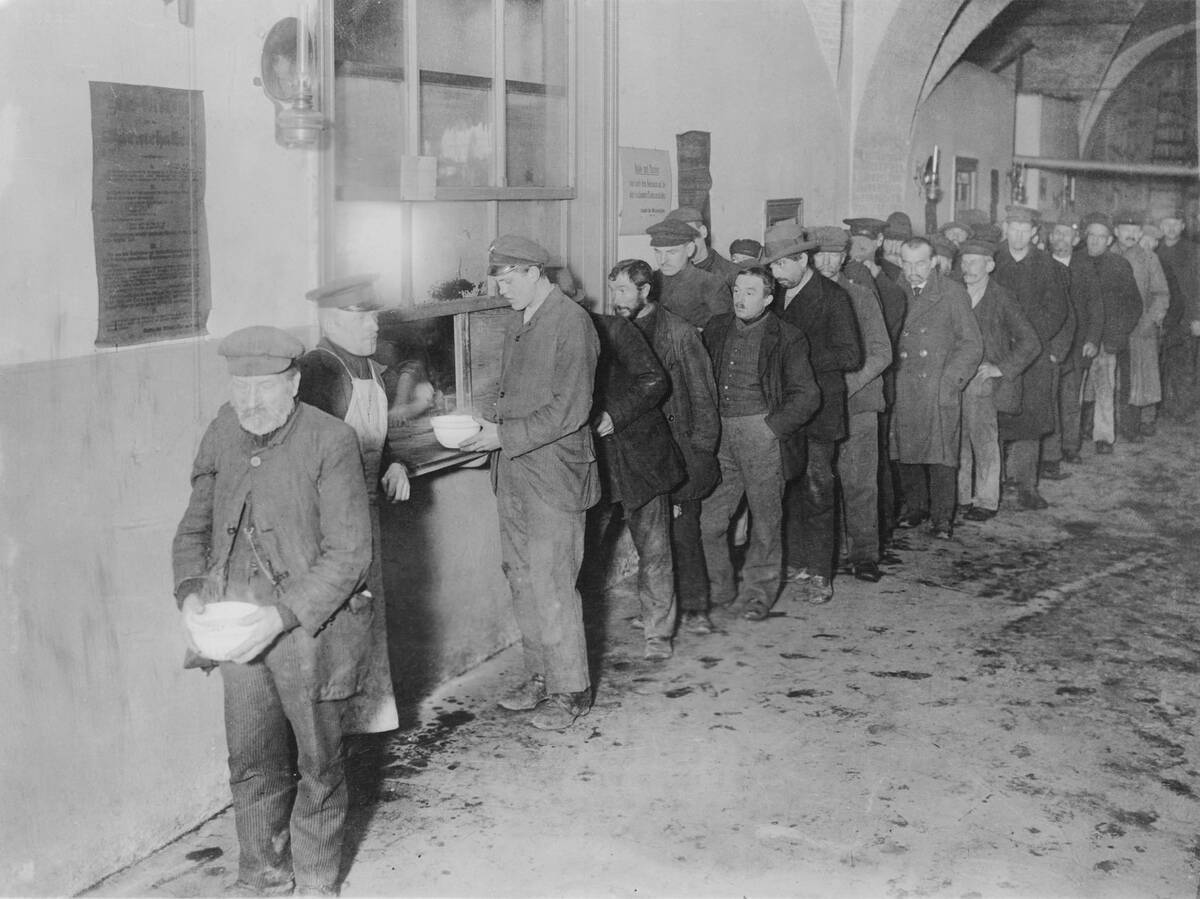
In the early 1920s in Canada, the wheat market was collapsing and the country had a surplus of workers. A 15% unemployment rate hurt the economy until the late 1920s.
What important discovery was made in 1928?
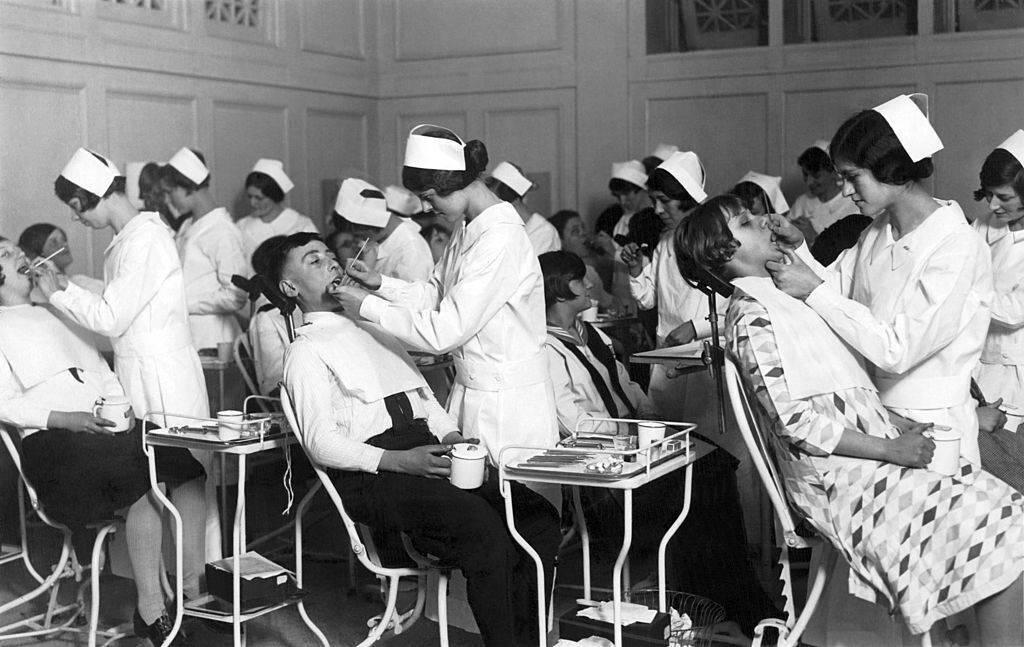
A. Penicillin
B. Theory of Relativity
C. DNA
D. X-Rays
Answer: Penicillin

In 1945, Scottish scientist Alexander Fleming was awarded the Novel Prize in Physiology or Medicine for his discovery of penicillin decades earlier in 1928. The antibiotic treats infections and saves lives.
Who is this actress from Beggars of Life (1928)?
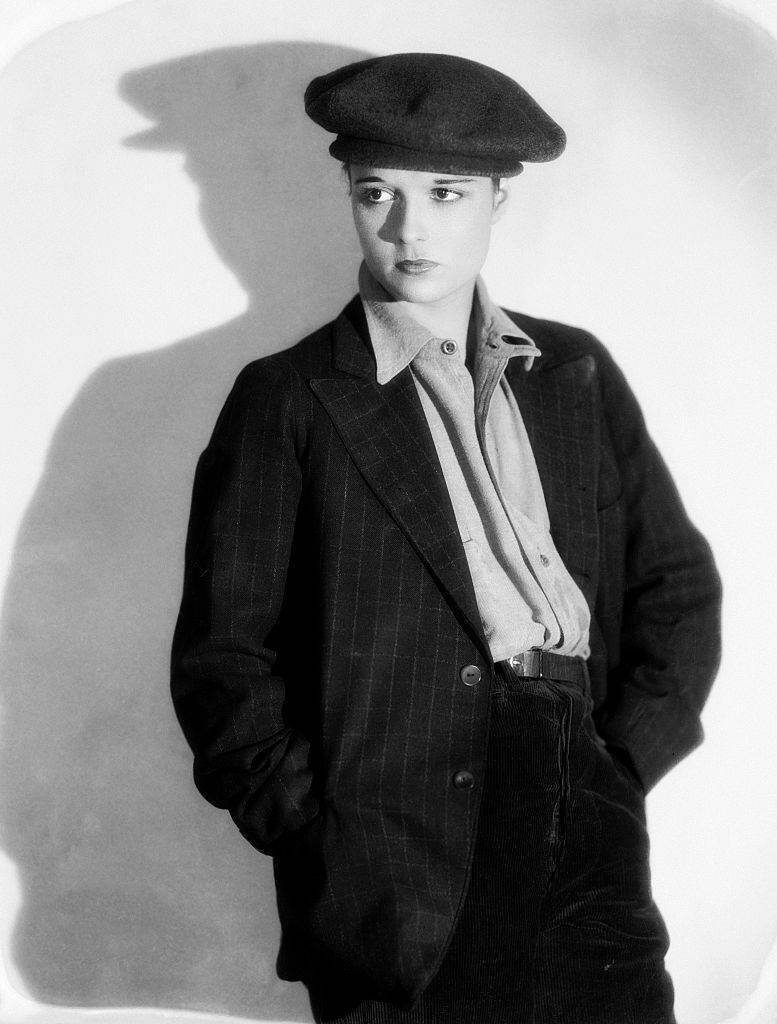
A. Louise Brooks
B. Janet Gaynor
C. Norma Shearer
D. Lillian Gish
Answer: Louise Brooks
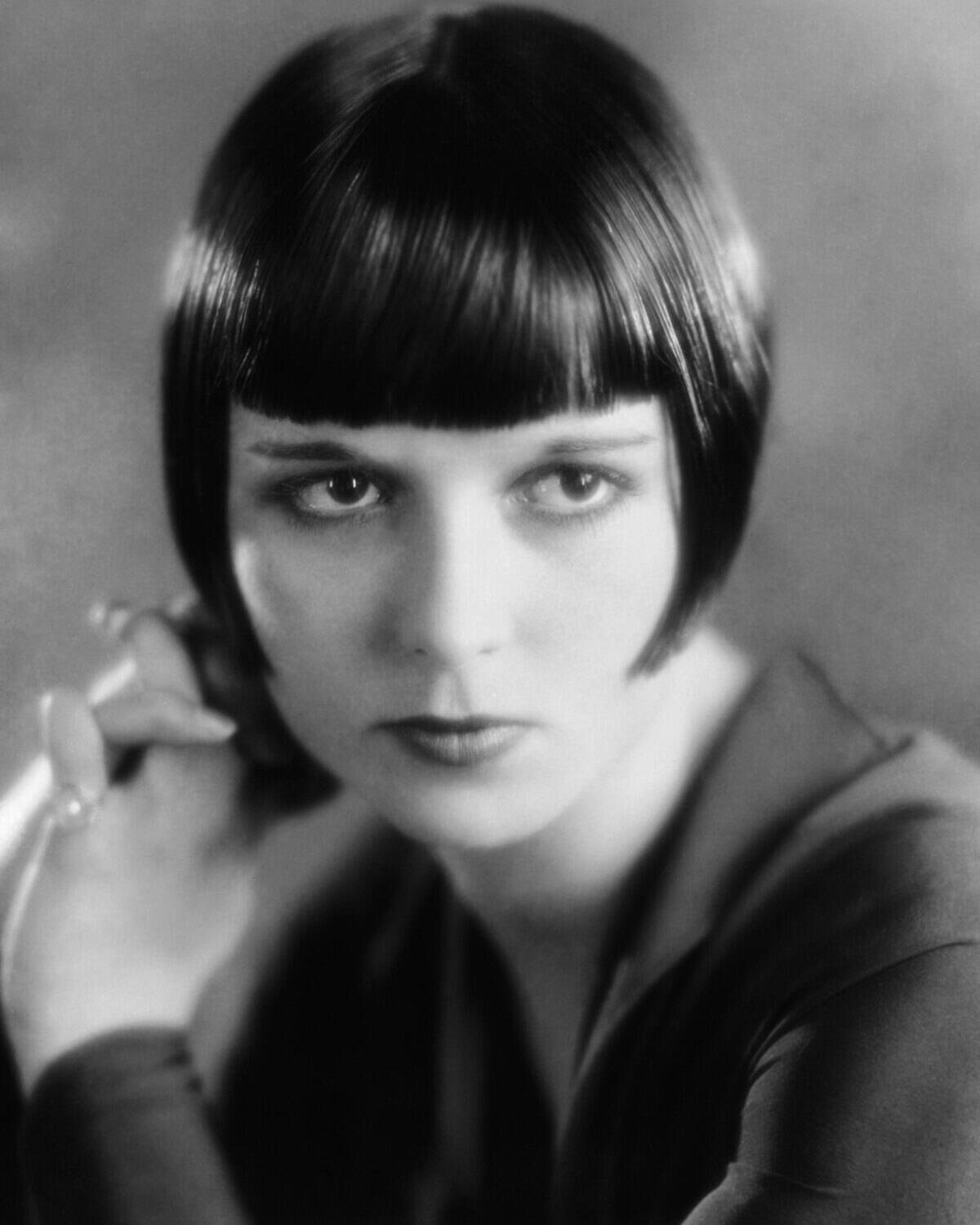
American film actress and dancer Louise Brooks appeared in several Paramount Pictures films and was a part of an elite social class that included William Randolph Hearst and Marion Davies.
Who was the boxing heavyweight world champion from 1919 to 1926?
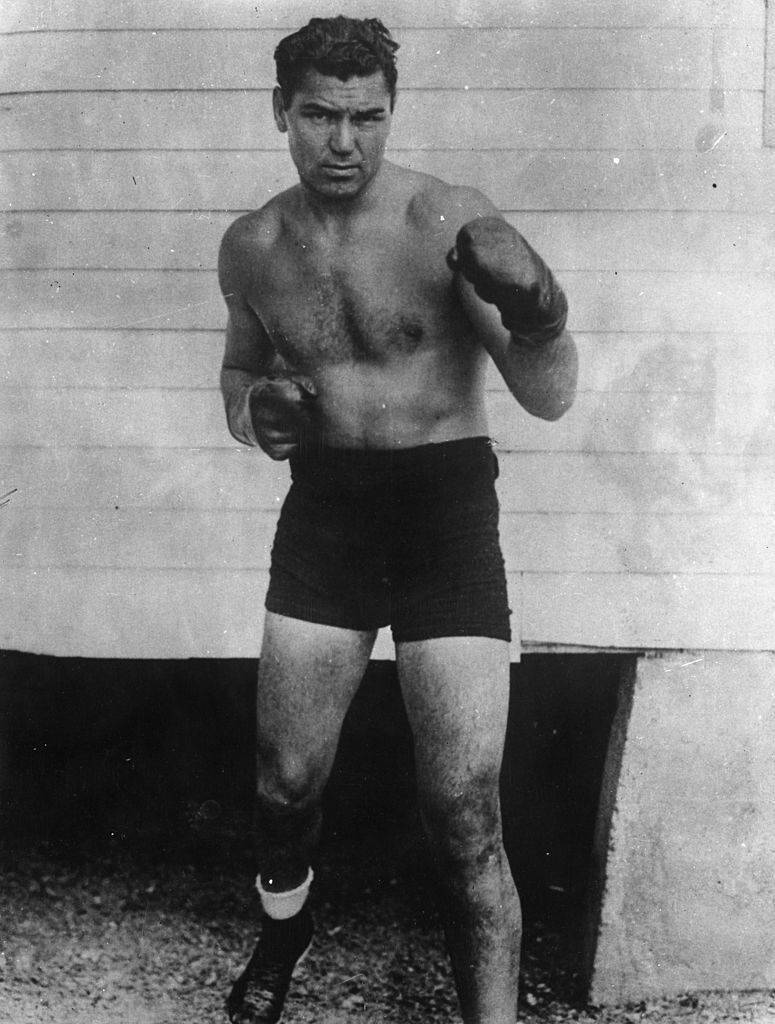
A. Jack Dempsey
B. Benny Leonard
C. Billy Miske
D. Tommy Loughran
Answer: Jack Dempsey
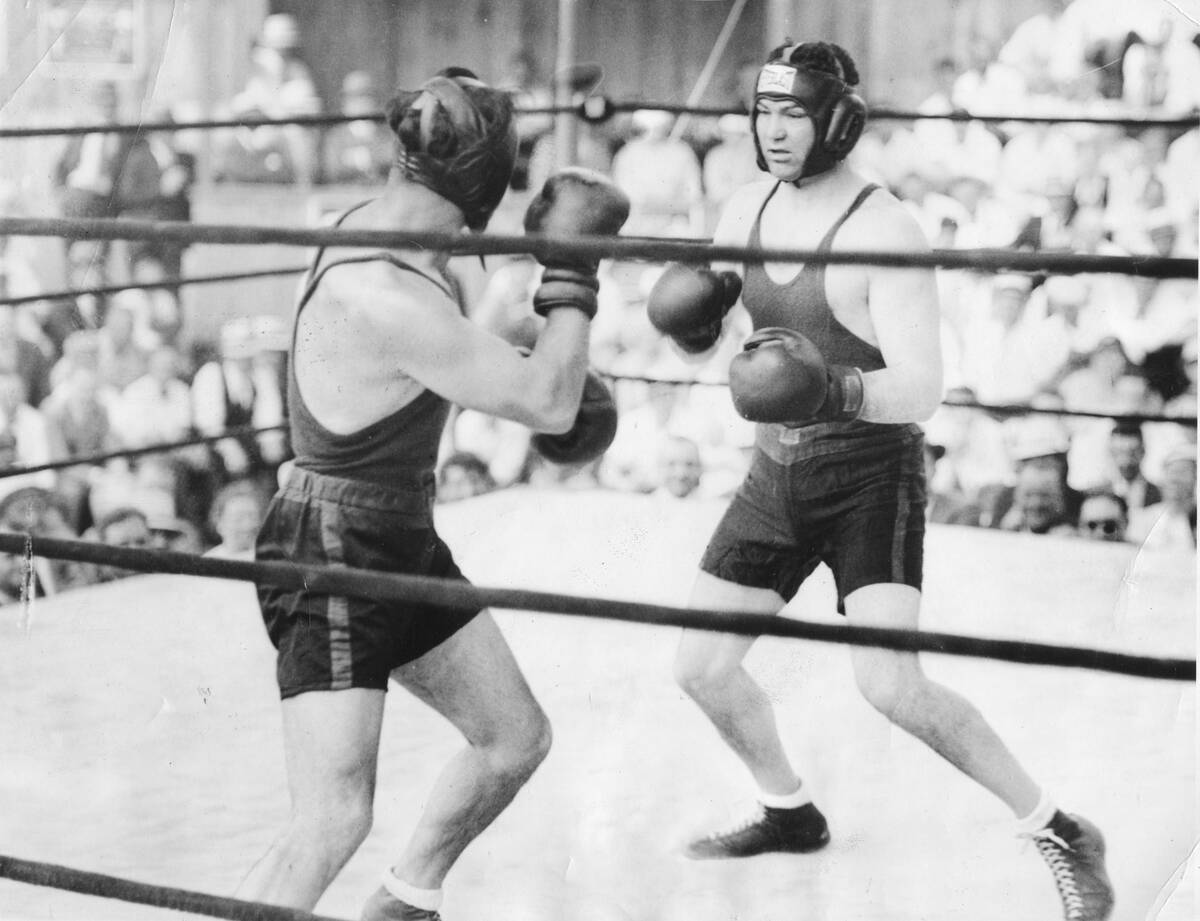
Jack Dempsey’s strong and aggressive fighting style won him several titles during the 1920s. It was also the beginning of live broadcasts for sporting events, and fans tuned in to listen to professional boxing matches, professional baseball, and college football.
It was against state laws to teach this controversial subject in schools
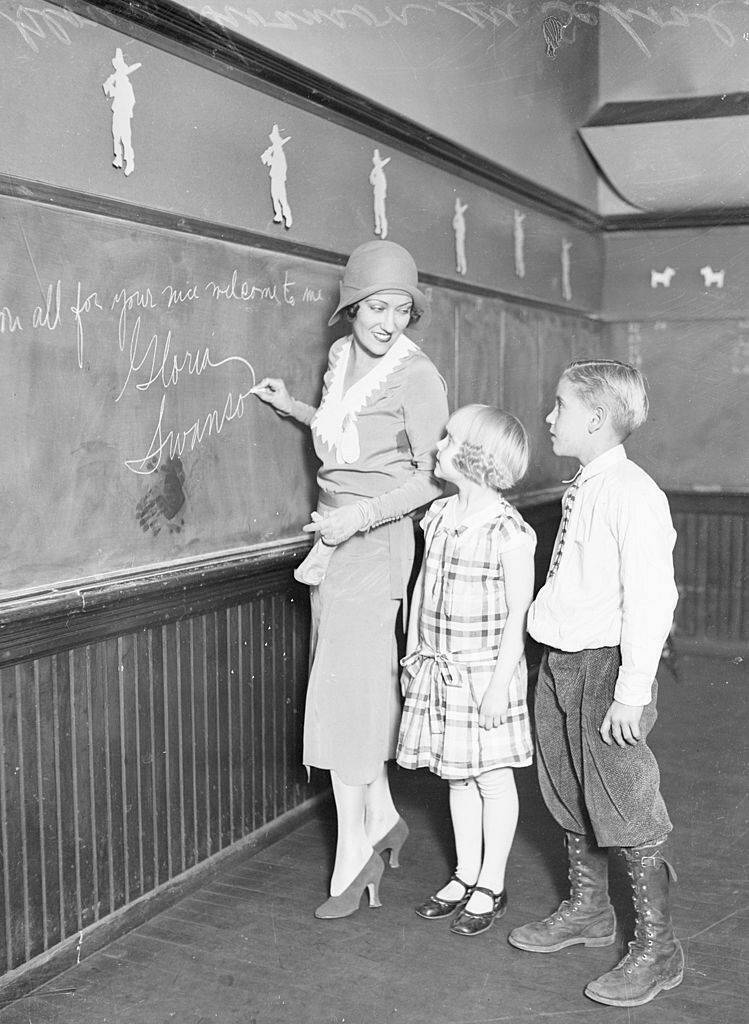
A. Evolution
B. William Shakespeare Plays
C. World War I
D. Childbirth
Answer: Evolution

In 1925, John Scopes, a teacher from Dayton, Tennessee, was arrested for protesting the law forbidding evolution from being taught in Tennessee schools. He was found guilty and fined $100.
What popular design style blossomed in popularity in the 1920s?

A. Art Deco
B. Pop art
C. Avant-garde
D. Neo-impressionalism
Answer: Art Deco
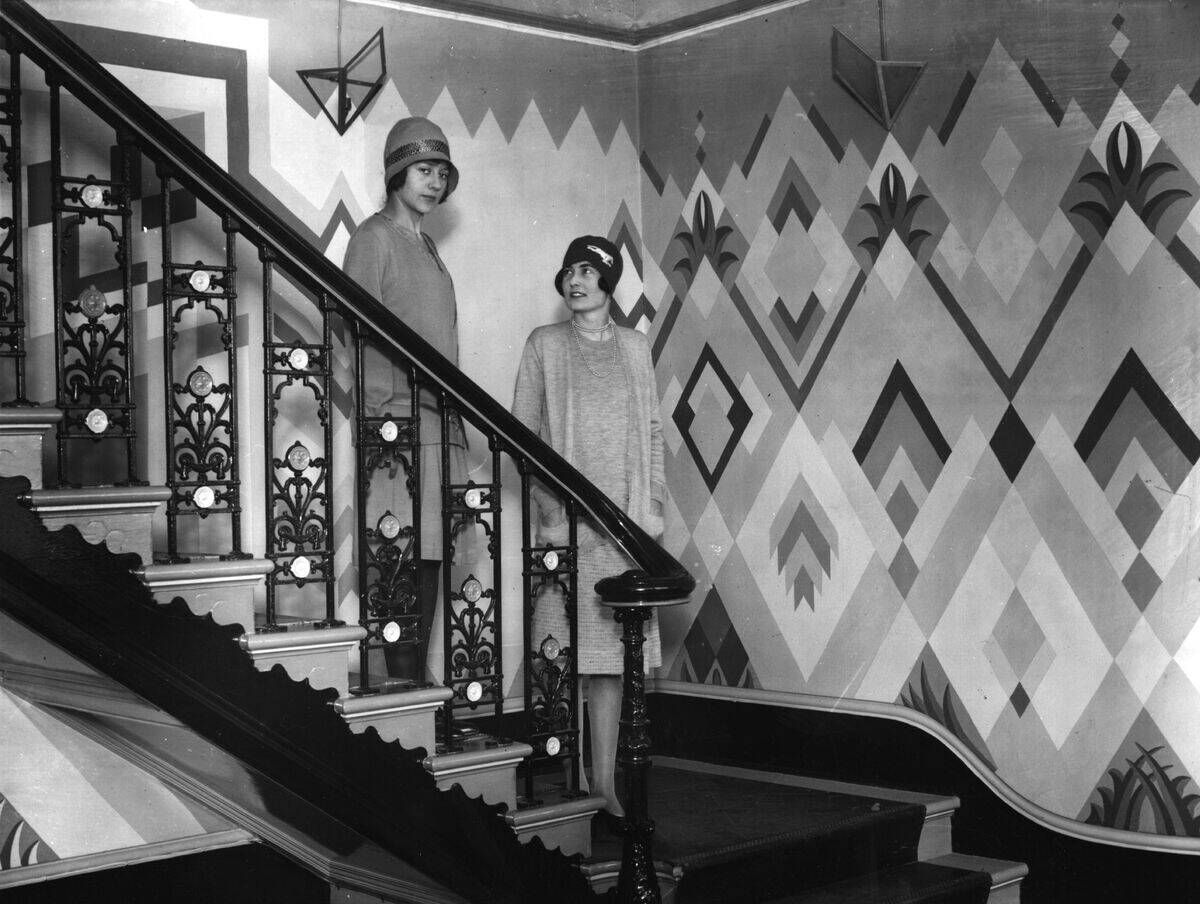
Art Deco design and architecture originated out of Europe and made its way to the US in the mid-1920s. The modern style sometimes included geometric shapes and was designed to convey luxury and glamour.
What was President Wilson’s wife’s name?
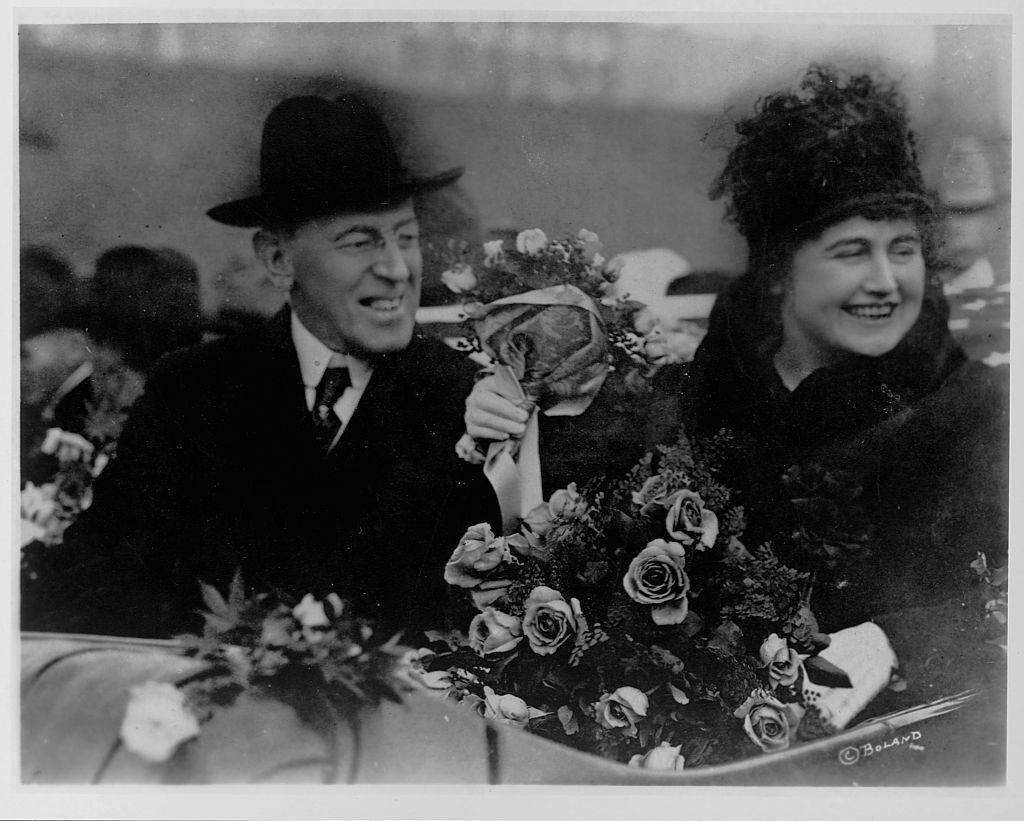
A. Valerie
B. Susan
C. Martha
D. Edith
Answer: Edith
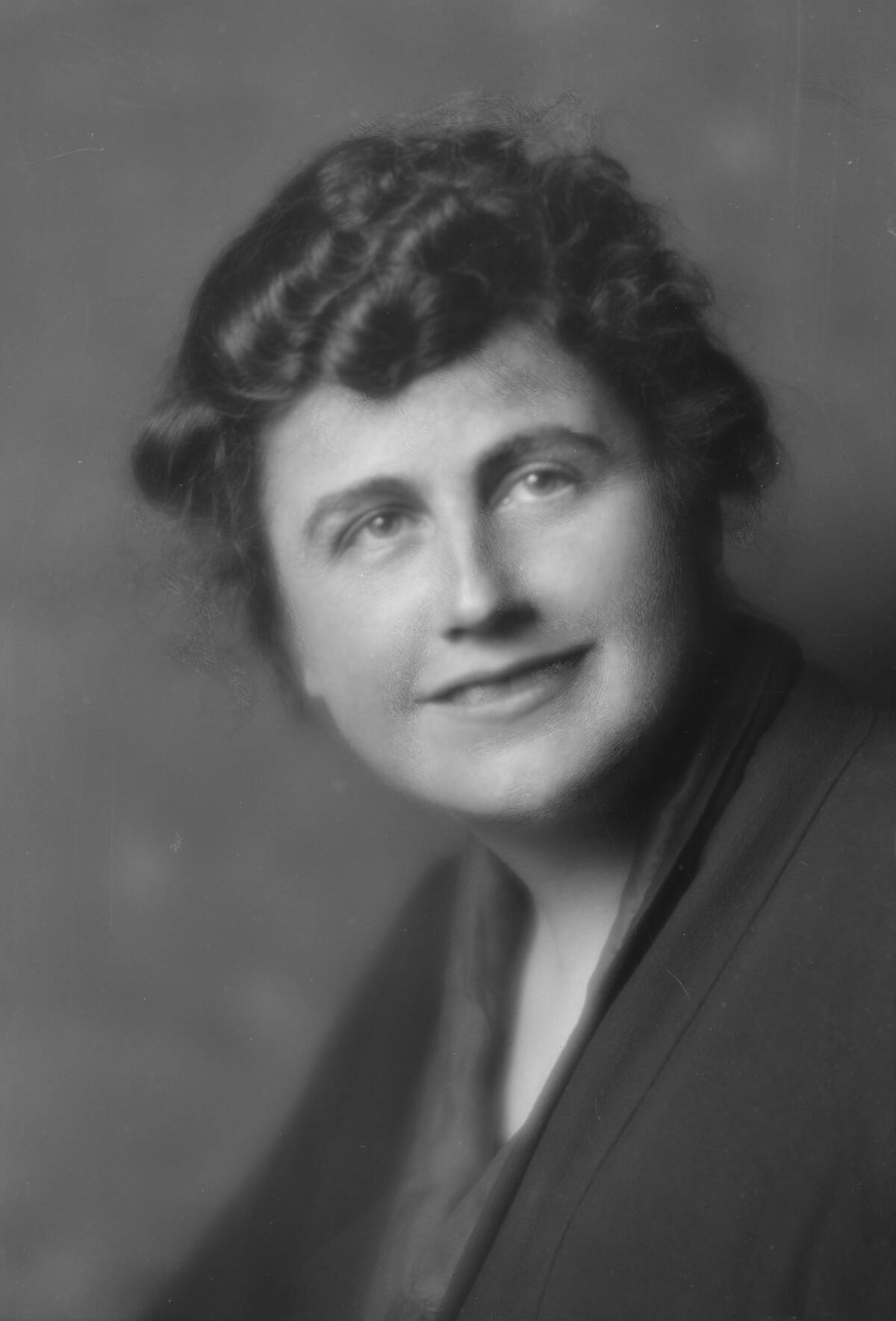
During his campaign, President Woodrow Wilson suffered a blood clot that caused partial blindness, brain damage, and paralysis. For the remaining 1.5 years that he served in office, his wife, First Lady Edith Wilson, stepped up to help fill the role.
In 1920, women were given the right to vote in many states. Which of these did NOT allow it until the 19th Amendment?
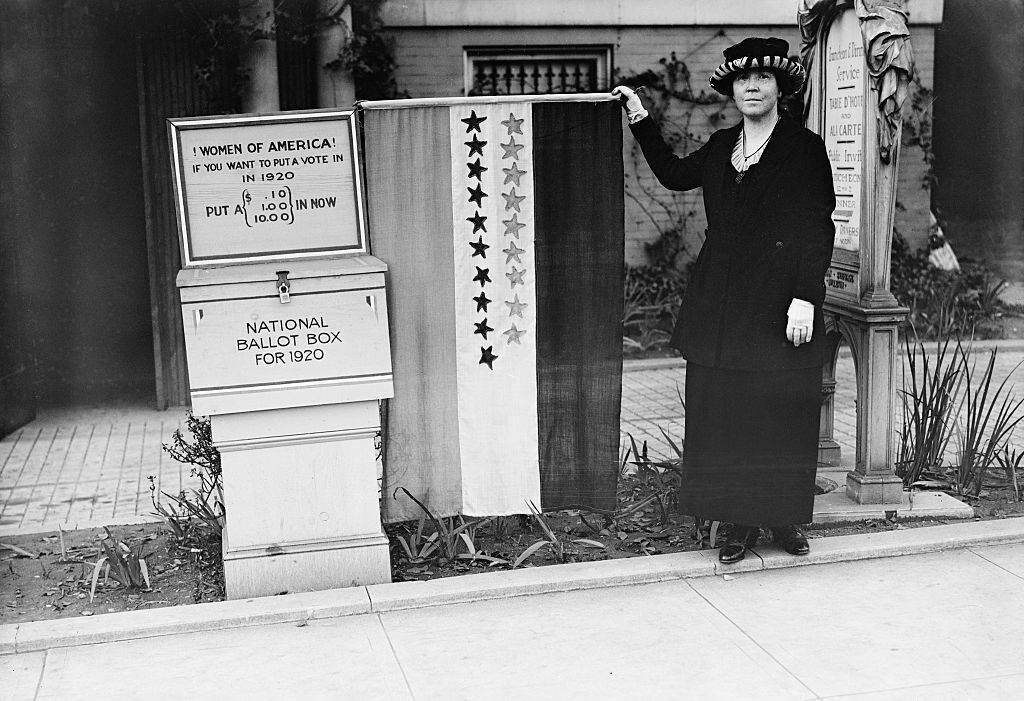
A. New York
B. Kansas
C. Pennsylvania
D. Michigan
Answer: Pennsylvania
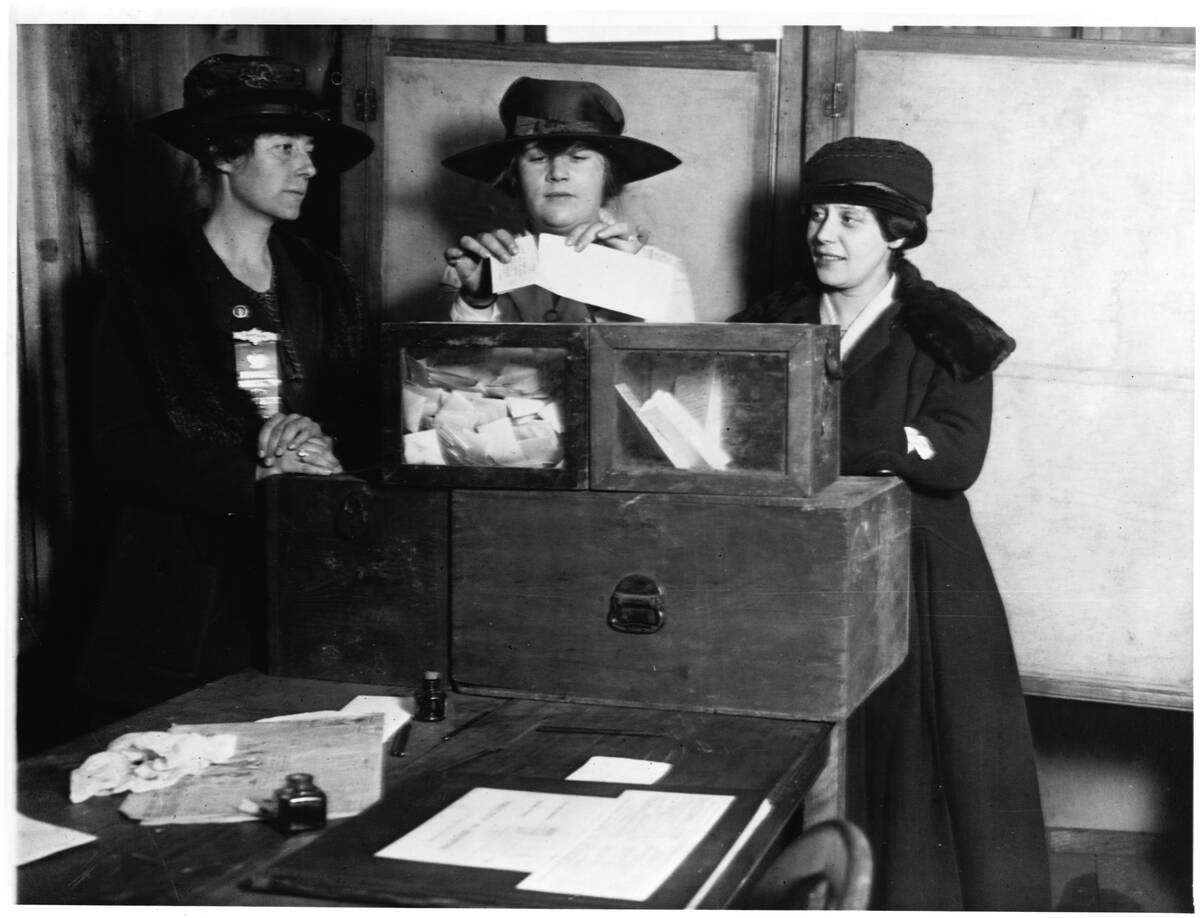
By 1920, every state west of the Mississippi River had granted women the right to vote while other states held out until the 19th Amendment was passed. Vermont, New Hampshire, Massachusetts, Connecticut, and Pennsylvania were among the states that had not granted women the right to vote.
What were popular writers who moved to Europe during this time called?
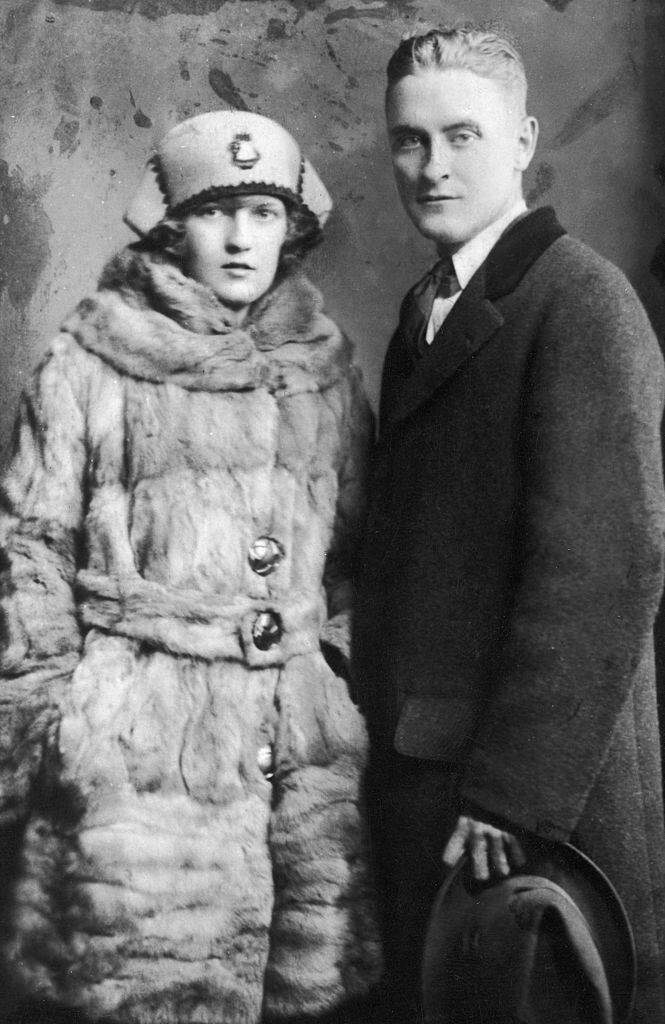
A. Beat Generation
B. Lost Generation
C. Missionary Generation
D. European Generation
Answer: Lost Generation
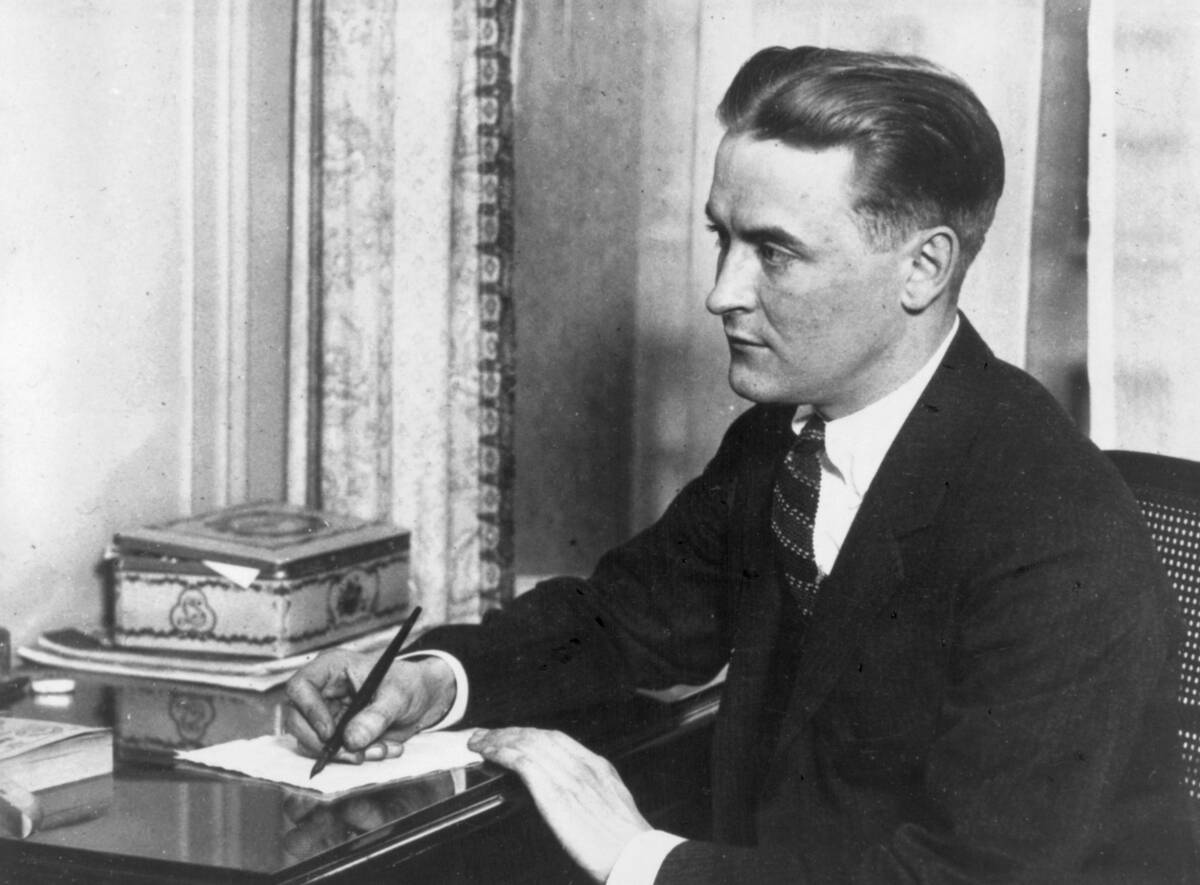
Following World War I, many influential American writers, including Sinclair Lewis and F. Scott Fitzgerald, moved to Europe and created classic novels that became widely popular in the US during the 1920s.
Which development led to mass media in America?
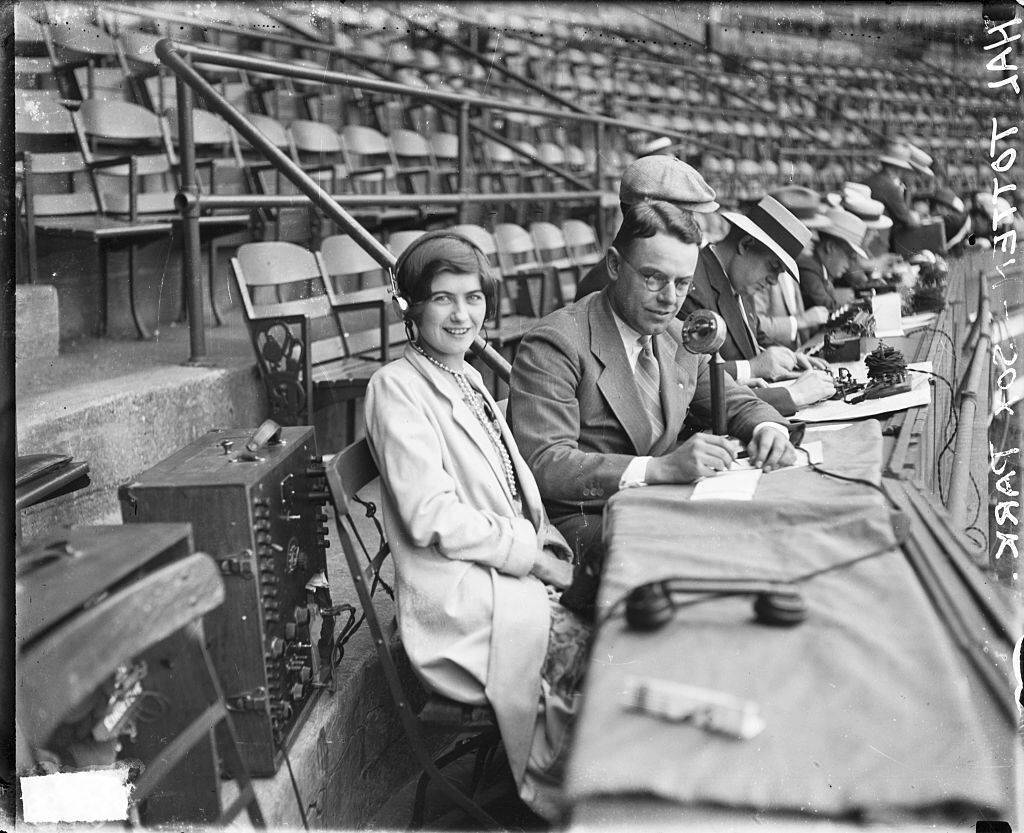
A. Radio broadcast
B. Television news
C. Sports broadcasting
D. Sound films
Answer: Radio broadcast

In the 1920s, radio programs were high quality and diverse, with plenty of entertainment for the whole family. Radio broadcasts also included news reports covering events such as the presidential election. This launched the mass media in America.
Which of these fashion designers changed women’s style from corsets to casual chic?

A. Donatella Versace
B. Oscar de la Renta
C. Giorgio Armani
D. Coco Chanel
Answer: Coco Chanel

Celebrity fashion designer Coco Chanel led a new fashion movement in the post-World War I era, allowing women the choice of less-constraining clothing. She also got attention for being “too close” to German occupiers, as she had a relationship with a German diplomat, Baron Hans Gunther von Dincklage.
What position did Babe Ruth play?

A. Catcher
B. Pitcher
C. First base
D. Shortstop
Answer: Pitcher

Babe Ruth made history for his home run records, but when he wasn’t at bat or in the dugout, his primary position was pitcher. Twice, Ruth won 23 games pitching in a season.
What’s the name of the tunnel that was built in 1927, connecting New York City with New Jersey?

A. Hudson Tunnel
B. Holland Tunnel
C. MTA Express
D. Liberty Tunnel
Answer: Holland Tunnel
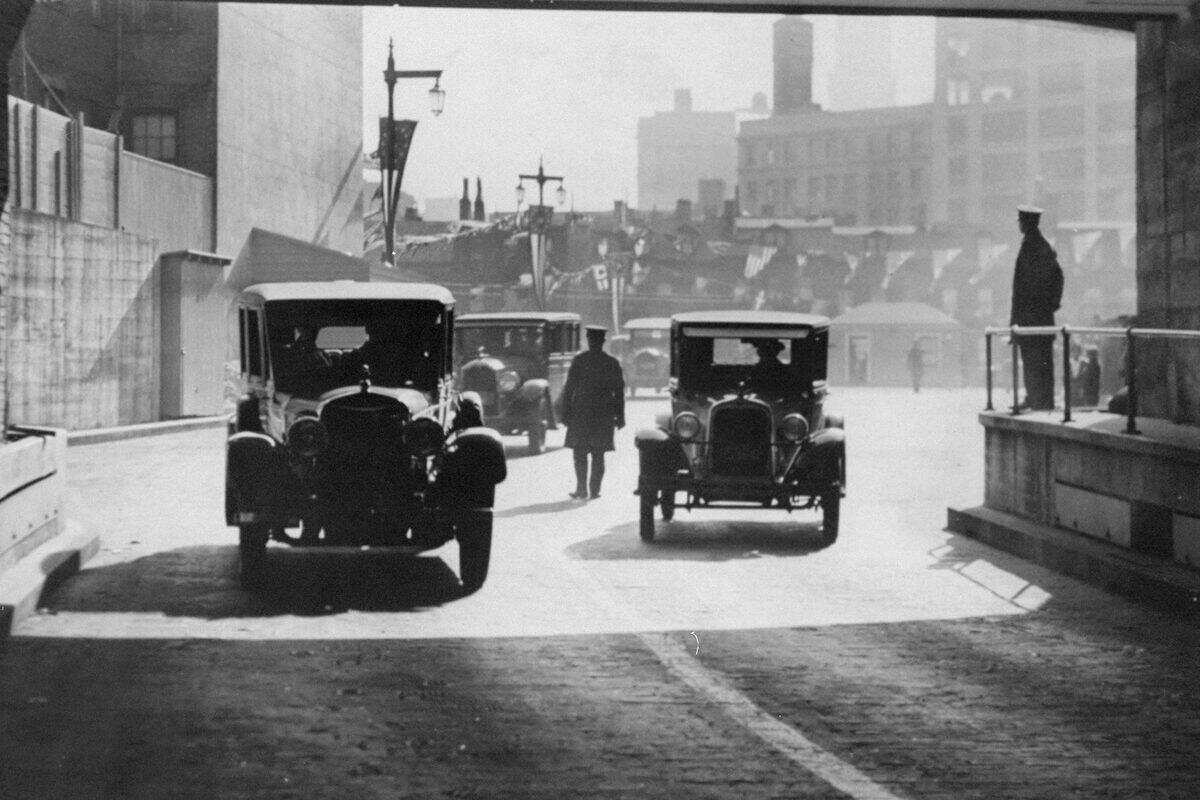
Built underneath the Hudson River, the Holland Tunnel allows cars to drive from New York City to New Jersey. Construction began in 1920 and was completed in 1927. At the time, it was the longest continuous underwater vehicular tunnel in the world.
Which of the following angered religious groups in the ’20s?
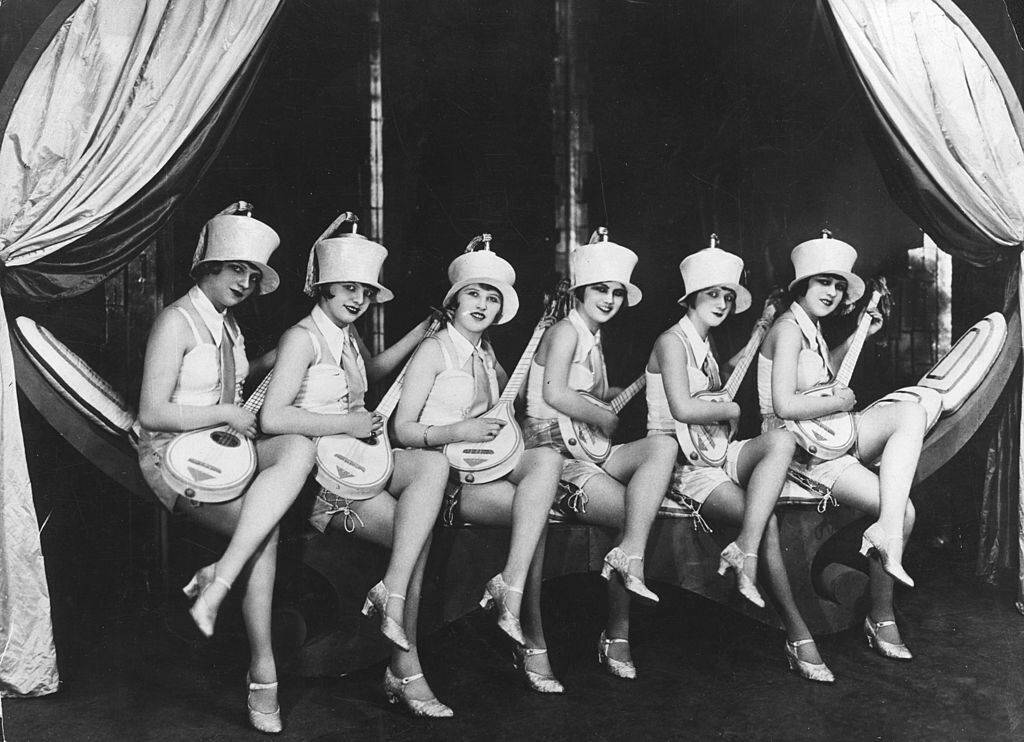
A. Jazz music
B. New fashions
C. Hollywood movies
D. All of the above
Answer: All of the above
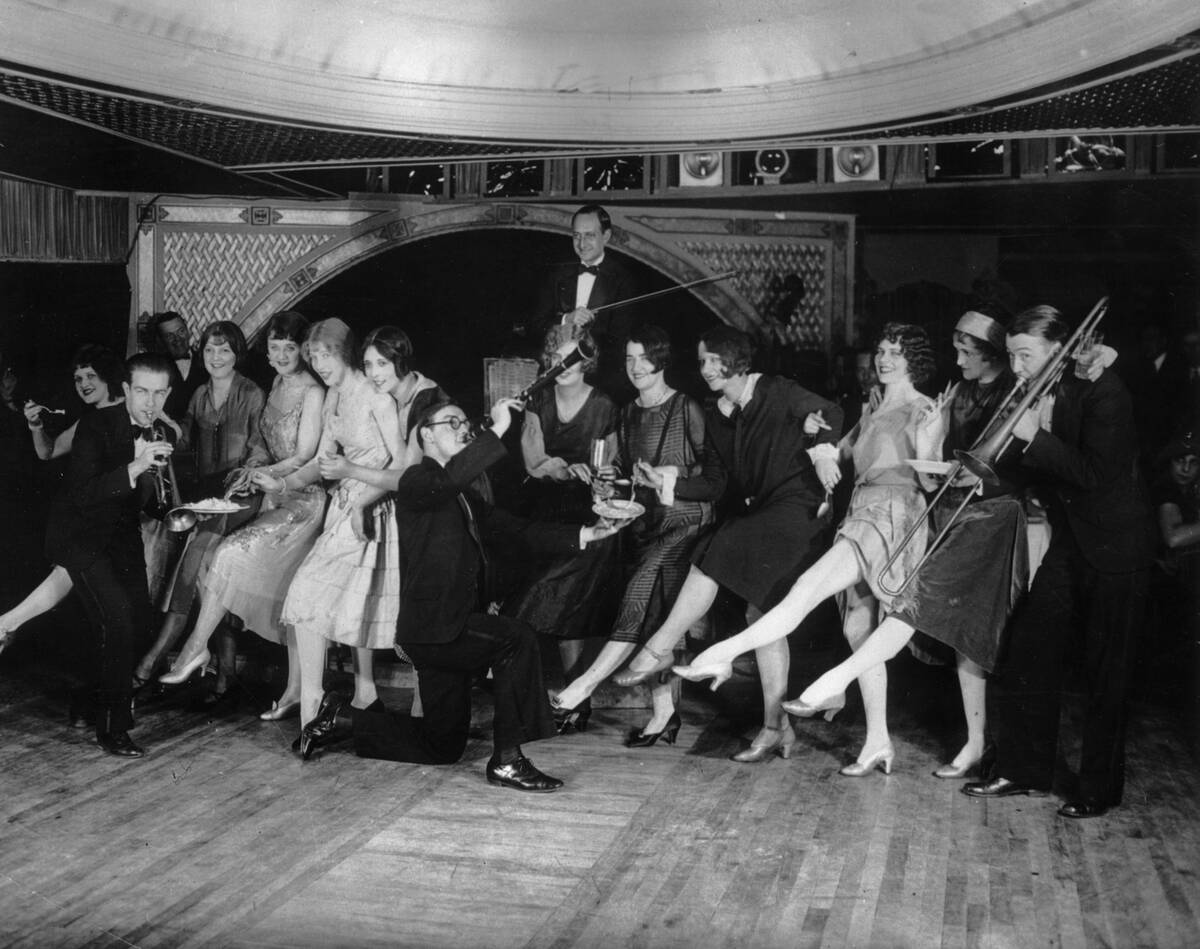
During the roaring twenties, pop culture terrified some religious folks, who feared that morality was slipping in the face of scandalous music, movies, and fashion. All of the rules were quickly changing in a way that, for some, was too liberating.





